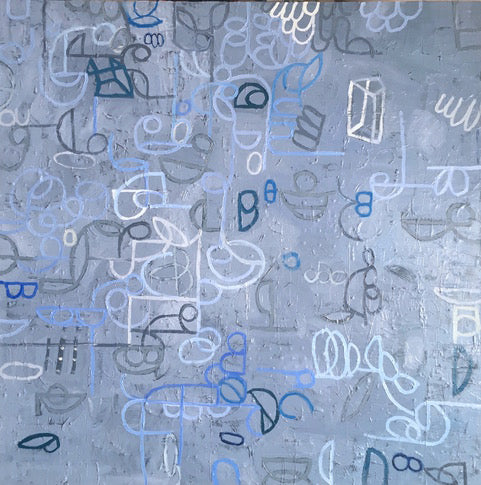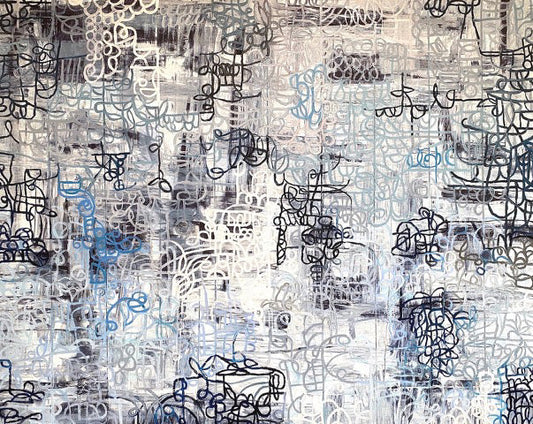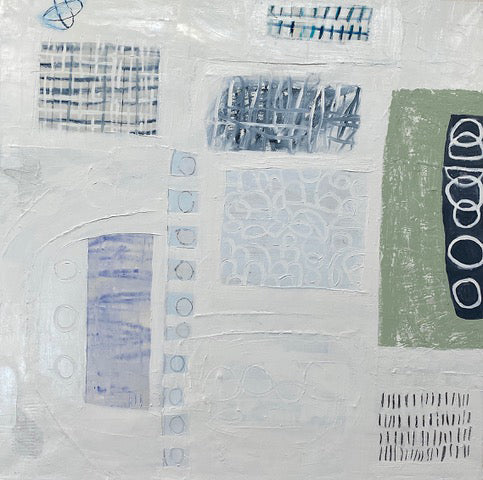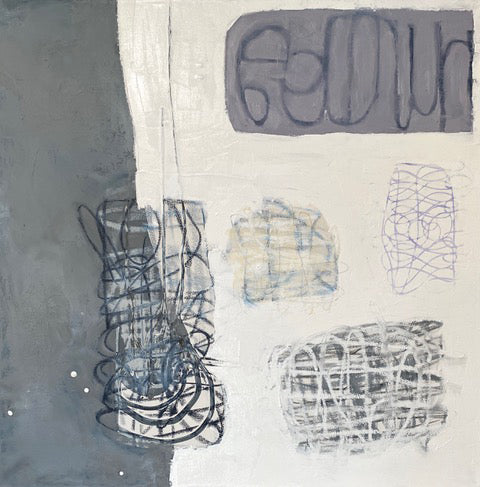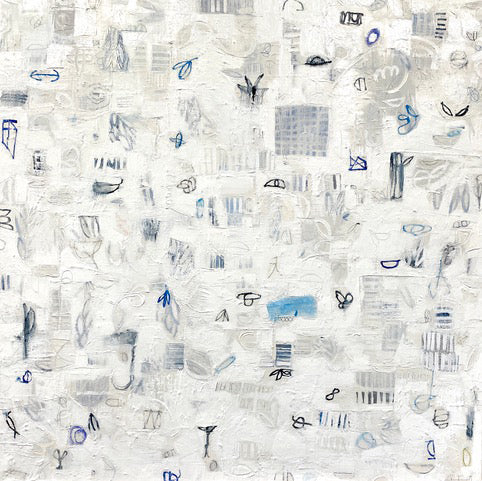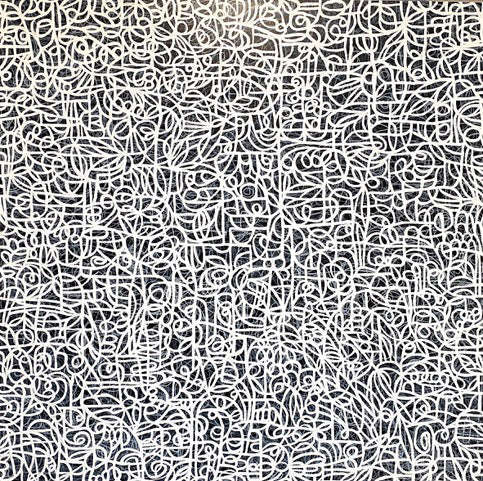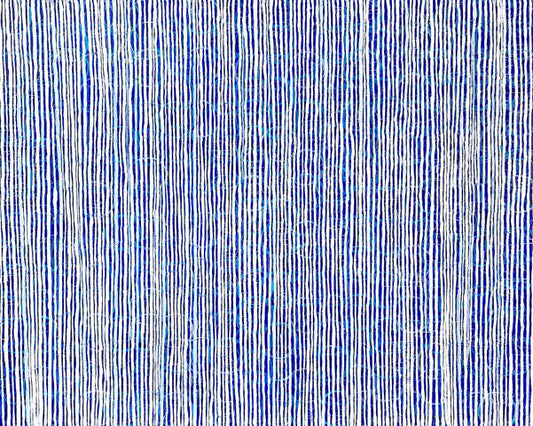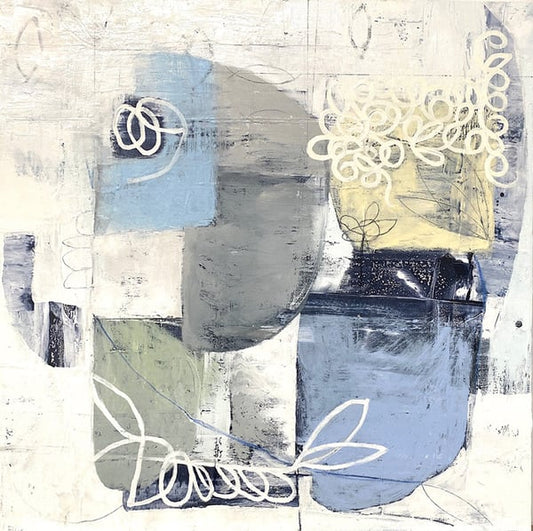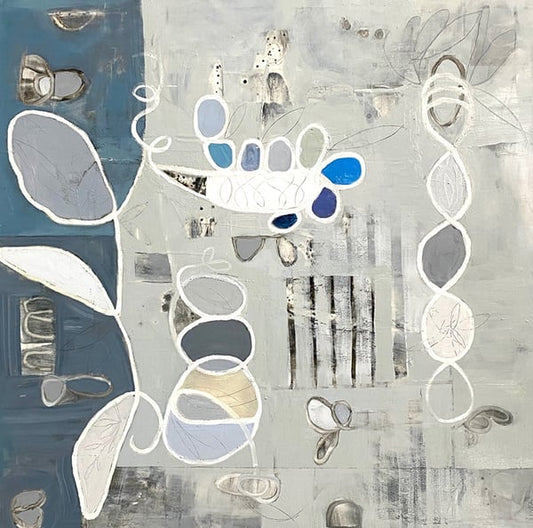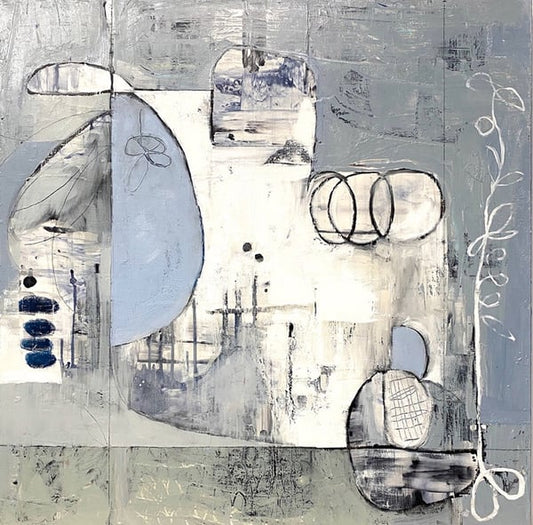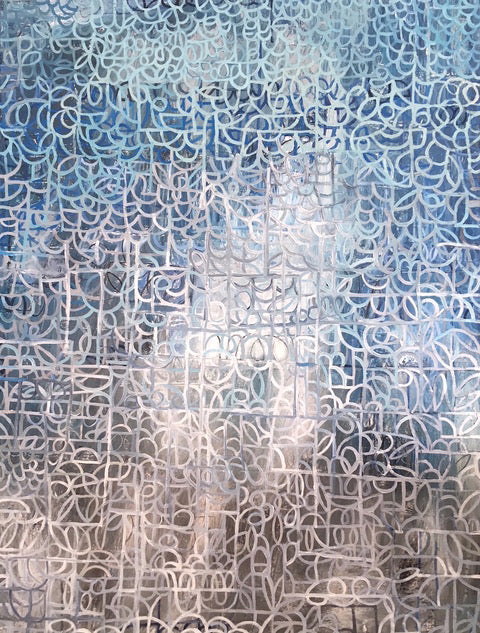-
All My Tropes
Regular price $4,000.00 USDRegular priceUnit price per -
Cause and Effect
Regular price $7,500.00 USDRegular priceUnit price per -
Edges & Boundries
Regular price $4,000.00 USDRegular priceUnit price per -
Little Enigmas
Regular price $4,000.00 USDRegular priceUnit price per -
Little Incantations
Regular price $4,000.00 USDRegular priceUnit price per -
Mission Statement
Regular price $6,900.00 USDRegular priceUnit price per -
Vesica Pisces
Regular price $7,500.00 USDRegular priceUnit price per -
Wordless Poem #1
Regular price $3,800.00 USDRegular priceUnit price per -
Wordless Poem #12
Regular price $3,800.00 USDRegular priceUnit price per -
Wordless Poem #9
Regular price $3,800.00 USDRegular priceUnit price per -
Writing in the Sky
Regular price $5,500.00 USDRegular priceUnit price per
-

-
Repetition and novelty. Whenever I scratch the ever-present and compulsive itch to organize things into a row (or a bunch of rows), it doesn’t take long before I also want to find a way to mess it up. This especially applies to mark making in my painting practice, and the fun of disrupting my own well laid plans never gets old.
Accretion interrupted by novelty defines my work in a number of ways. The iterative nature of time, life and process gives me great refuge and comfort. Yet even while I consistently revisit the motifs, patterns and body movements that organize my brain chemistry towards a synthesis of stability and predictability, it is never long before I am looking for a way to subvert it. It’s a dance between safety and chance, order and chaos, good girl/bad girl, or any number of provocative dichotomies.
Novelty (the quality of being new, original, or unusual, according to dictionary.com) also calls my name in other ways. I seek to constantly reuse tropes and materials unexpectedly, to invert, revert and flip over symbols and ideas, go down different roads from where the google lady tells me to go, and never ever follow a recipe verbatim. Meanwhile, I am equally compelled to follow protocol, line things up, organize space and make it all fit, both in paintings and in life.
My current work foregrounds the tension between layers, chaos below and the web of containment on top, or structure below and random lines, marks, drips and pours defining the top surface. Whether it is readily visible or subsumed in more paint, my main job is to undertake the steps and procedures that work to harmonize and mediate inherent opposition.
This can also happen with the integration of mixed media, which operates more subliminally than imagery alone. Using media conventionally considered “incompatible” side by side (oil and water, for example) imbues a painting with risk and danger, while marks or geometric patterns march across the fractures and stitch it together with repetition.
In other paintings, it’s the reverse: an orderly arrangement of shapes needs to slide sideways and off grid, before a more precise web of lines or marks emerge on the surface. Many marks suggest counting, weaving, knitting or written language.
The end result, however it gets there, is a physical object rather than an illusion. It's a record of a process, reflecting an ongoing journey towards wholeness, reconciliation and perseverance.

